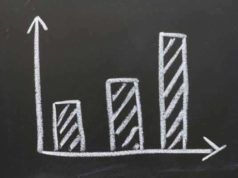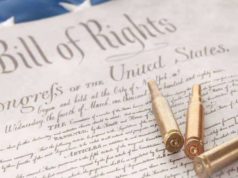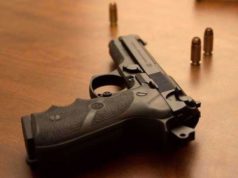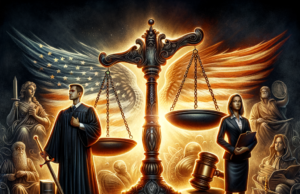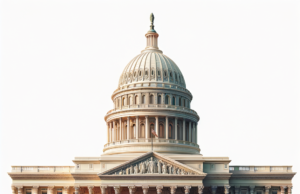
Classifications of illegal firearms in the United States are often confused because of the terminology associated. When one hears the word “illegal” they automatically assume a broad interpretation that refers to anything against the law.
An illegal drug for instance is concrete. Possession or distribution of cocaine or heroine is unlawful under any circumstance. Illegal guns are not this simple. Most firearms purchased in the United States are legal, but can take on an illegal form through unlawful secondary selling, use, or distribution. For instance, if an individual purchases a weapon legally, then conceals or fires it without a proper permit, the gun becomes illegal.
The confusion over the definition of “illegal firearms” also exists because of the varying state laws in the U.S. With over twenty thousand gun laws in place, the formation or distribution of illegal guns is inevitable. Due to the variation and ambiguity present in state law a gun can seemingly switch from legal to illegal based on location or use.
A firearm can be considered legal in one state, region, or even jurisdiction, but can be highly illegal in another. Regulating and creating statistics for illegal guns and illegal firearms transactions is nearly impossible because of all the contrasting legal guidelines.
For example, a registered handgun bought legally in Buffalo, NY is transported via car to New York City. The handgun, although unloaded, will be considered illegal as soon as it crosses into the city’s limits. The physical gun is not altered, nothing has changed, except for the governing laws of New York City. This is just one example of thousands, in which legitimate purchases, can instantly turn into illegal firearms.
Regulation of illegal guns is so difficult in the United States because firearms are commonly exchanged through a private transaction between a dealer and seller. Forty percent of all gun transactions in America take place outside of a retail market.
The Brady Laws which were federally instituted in 1994 were meant to curb the sale of illegal guns. The Brady Bill made background checks on all purchasers mandatory as well as instituted a minimum 3 day waiting period on all transactions. Thought to be a monumental passing, the Brady Bill has been rendered somewhat ineffective due to the vast loopholes present. Gun shows, which are a common market for gun transactions do not require background checks on individuals because they are constituted as a “private transaction” between buyer and seller.
The buyer is essentially bargaining a price of a firearm with a seller who is offering up his own private collection for purchase. Although these sales are considered legal, they greatly perpetuate illegal firearms transactions. An ex-convict for instance, can purchase a handgun through a private transaction without a background check or permit at purchase. Although legal in the bubble of the gun show, when that individual leaves the premise, he will be carrying an illegal weapon. Federal law states that firearms cannot be sold to ex-convicts, drug addicts, minors, those who are mentally unstable, fugitives etc
Although illegal guns are often conceived through ignorance of state laws, there are many illegal firearms that take on a more dangerous form. Illegal firearms are most commonly distributed through alterations made by the seller that do not coincide with federal or state laws.
Violations includes-altering the gun’s physical appearance or firing rate, scraping off the serial numbers making the gun impossible to trace, or by tampering with any features present on the firearm. Illegal firearms such as high-powered assault rifles and sniper rifles are also sold in America through loopholes that require insignificant alterations made for each weapon.
The most critical issue pertaining to illegal guns in the United States revolves around transportation, turnover, and subsequent use to commit a violent crime. Statistics associated with illegal guns and violent crimes are startling-
The ATF reports that 85.9% of traced guns used in crime in New York City came from outside the state-majority of illegal guns came from the South where loose gun laws are present
59% of all guns used by juveniles were imported from another country and considered to be “junk guns”
Only 1 percent of gun dealers account for almost 60 percent of crime guns recovered by police and later traced
Trafficking in firearms at gun shows and flea markets, where background checks are not required for every sale, accounted for 25,862 guns from 2003-2005
Many guns are recovered in crime shortly after their first retail purchase. Thirty-four (34) percent of crime guns recovered in 1999 had been purchased new at a gun dealer within the past 3 years.






